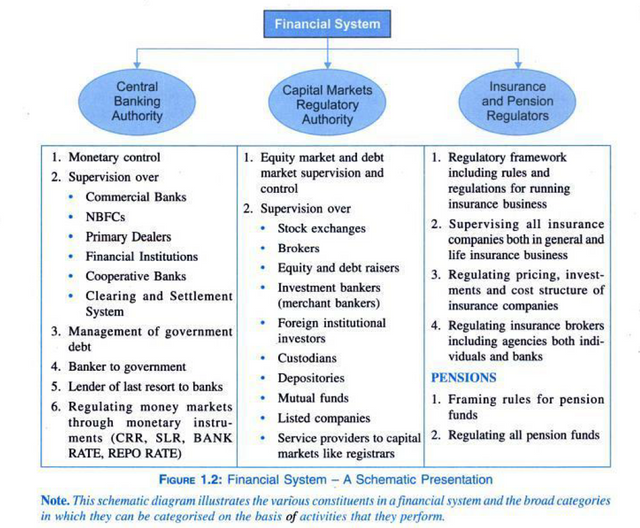The Financial System: Unlocking the Engine of Economic Growth
Introduction:
The financial system is the backbone of any modern economy, playing a pivotal role in facilitating economic activities, allocating capital, and driving growth. Understanding its intricacies is crucial for individuals, businesses, and policymakers. In this blog, we will delve into the fundamental aspects of the financial system, its components, and the critical functions it serves in promoting economic prosperity.
What is the Financial System?
The financial system encompasses a network of institutions, markets, and intermediaries that facilitate the flow of funds between savers and borrowers. It consists of commercial banks, central banks, stock exchanges, insurance companies, and other entities that provide financial services and products.
Components of the Financial System:
a) Banking Sector:
Commercial banks play a vital role in mobilizing savings, providing credit, and facilitating payment systems. We'll
explore the functions of banks and their impact on the economy.
b) Capital Markets:
Stock exchanges and bond markets allow businesses to raise capital by issuing equities and debt securities. We'll discuss the significance of capital markets for investors and companies seeking funding.
c) Non-Banking Financial Institutions:
These include insurance companies, pension funds, and mutual funds. We'll explore their role in risk management, retirement planning, and investment diversification.
d) Central Banks:
Central banks regulate monetary policy, control the money supply, and ensure stability in the financial system. We'll discuss their functions and the impact of monetary policy on economic conditions.
Functions of the Financial System:
a) Intermediation:
The financial system bridges the gap between savers and borrowers by channeling funds from surplus units to deficit units, facilitating investments and economic growth.
b) Payment System:
Efficient payment systems enable smooth transactions and facilitate economic activities. We'll discuss the importance of payment systems and emerging digital payment technologies.
c) Risk Management:
Financial institutions play a crucial role in managing risks through insurance, hedging instruments, and diversification. We'll explore risk management strategies and their impact on financial stability.
d) Price Discovery:
Financial markets provide a platform for price discovery, reflecting market participants' expectations and information. We'll examine how markets determine asset prices and influence investment decisions.
Challenges and Regulation:
We'll discuss the challenges faced by the financial system, such as systemic risks, financial crises, and regulatory frameworks. We'll explore the role of regulatory bodies in safeguarding financial stability and protecting consumers.
Conclusion:
The financial system is an intricate web of institutions, markets, and processes that fuels economic growth and development. Understanding its mechanisms is crucial for individuals and businesses to make informed financial decisions. By grasping the functions, components, and challenges of the financial system, we can navigate its complexities and leverage its potential for economic prosperity.
Note: It's important to note that this is a simplified and concise overview of the financial system. The blog can be expanded to cover specific topics in more detail based on the target audience and their level of financial knowledge.
